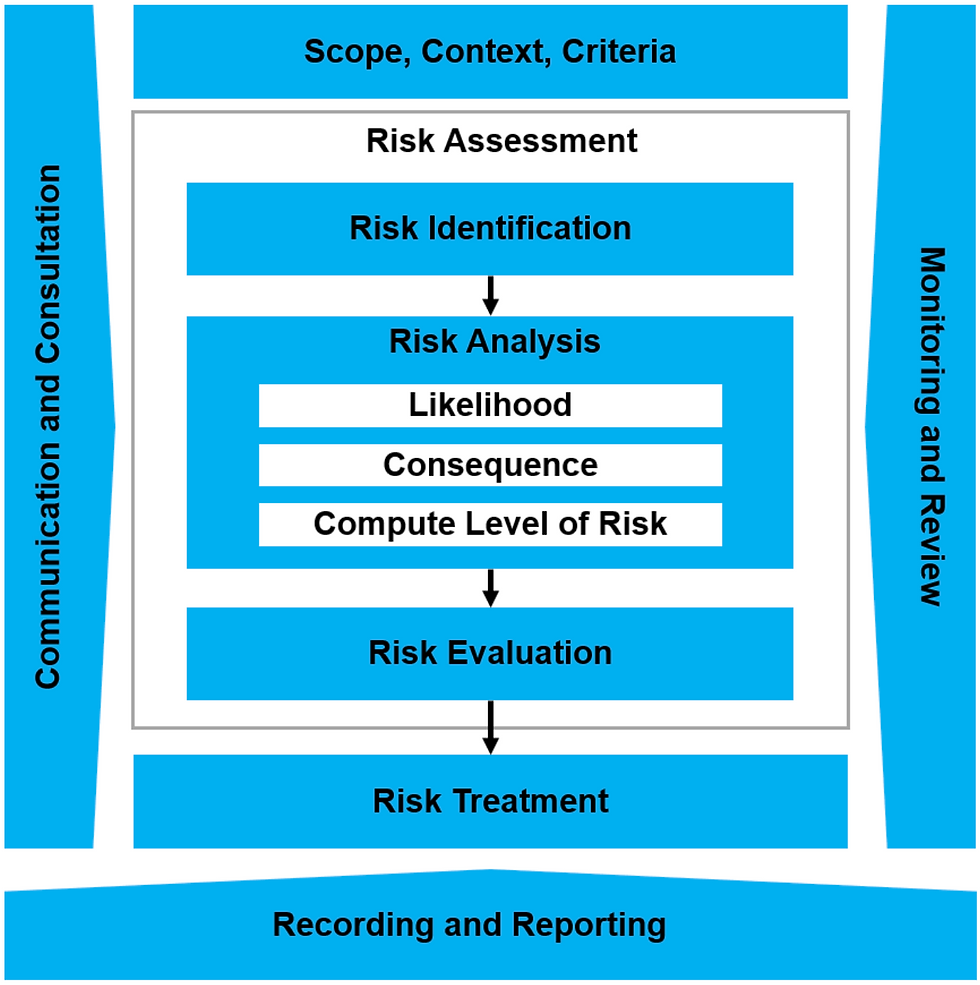Groupthink: Don't Let It Influence Your Decisions
- Chegan SRM

- Jul 12, 2022
- 4 min read
Updated: Feb 11, 2023
Groupthink is an occurrence in which a group of people, united by a common cause, make decisions that are not in their best interest. This phenomenon is characterized by a reluctance to disagree with the group consensus and a hesitance to express doubts and judgments. This can often lead to unethical or immoral decisions being made for the sake of conformity and group unity. Groupthink can be seen in a variety of contexts, from business and political groups to social groups and ideological groupings. It is important to recognize and address groupthink as it can lead to poor decisions and negative outcomes for all involved.
Groupthink is caused by a combination of factors that lead to a shared mindset among the members of a group. These factors can include the desire for group cohesion, pressure for conformity, and the perception of unanimity. The desire for group cohesion is when members of a group want to maintain a sense of unity, and they will often sacrifice their own opinions and ideas in order to do so. Pressure for conformity is when members of a group feel like they must conform to the group’s beliefs and values, even if they don’t agree with them. Finally, the perception of unanimity is when members of a group believe that everyone else in the group is in agreement and will not challenge them, which can lead to a false sense of security and a feeling that dissenting opinions are unnecessary.
The Asch experiment was a series of psychological experiments conducted by Solomon Asch in the 1950s. The experiment sought to investigate the extent to which social pressure from a majority group could affect a person's perception of reality.
Why can groupthink be dangerous?
Groupthink can be dangerous because it can lead to a narrow perspective of a situation, causing people to make poor decisions. Groupthink relies on the desire for conformity and can lead to the suppression of dissenting opinions and rational thought. This can lead to a false sense of consensus and an unwillingness to consider alternatives that could be beneficial. Additionally, groupthink can result in a lack of creativity, resulting in a less than optimal outcome.
1. The 2003 Invasion of Iraq: The George W. Bush administration made the decision to invade Iraq in 2003 based on faulty intelligence and a false perception of unanimity among the members of the administration.
2. The Bay of Pigs Invasion: The failed attempt by the CIA to overthrow the Cuban government in 1961 was a result of the Kennedy administration’s perception of unanimity among its members.
3. The Challenger Disaster: The decision to launch the Challenger space shuttle in 1986 was made despite warnings from engineers that it was unsafe. This was largely due to the pressure for conformity within the organization and the perception of unanimity among the decision makers.
4. The Vietnam War: The escalation of the Vietnam War was a result of the Johnson administration’s desire for group cohesion and its perception of unanimity among the members of the group.
5. The Salem Witch Trials: The hysteria that led to the Salem Witch Trials in 1692 was due to the pressure for conformity among the members of the Puritan community and their perception of unanimity among their beliefs.

The Abilene paradox is a situation where a group of people make a collective decision that is counter to the preferences of many or all of the individuals in the group. It is also known as a "collective decision-making paradox".
The term was coined in a 1973 paper by Jerry B. Harvey, which described a family outing to Abilene, Texas, that no one wanted to go on but which everyone agreed to because of the desire to make a group decision that everyone could agree upon. The paradox is that, although the group's individual preferences are not aligned, they accept a collective decision that is worse for them as individuals. The paradox is often used to illustrate how people or organizations can make irrational decisions due to social pressures.
How to avoid groupthink
1. Encourage open discussion: Make it a point to create an environment in which everyone is encouraged to speak their opinion and express their thoughts and ideas.
2. Encourage independent thinking: Encourage members to think independently and not just conform to the group consensus.
3. Challenge assumptions: Challenge assumptions and encourage members to question why something is the way it is.
4. Consider all sides: Consider all sides of an issue and be open to alternative solutions.
5. Assign roles: Assign roles for members of the group that put them in different positions and encourage them to think differently.
6. Seek outside input: Seek outside input from people who aren’t part of the group. This can help to get a different perspective and challenge the group consensus.
7. Take breaks: Take breaks throughout meetings to allow members to reflect and gather their thoughts.
8. Encourage dissent: Encourage members to dissent and disagree with group decisions. This helps to ensure that all ideas are heard and discussed.
9. Be aware of group dynamics: Be aware of the group dynamics and how they may be influencing group decisions.
10. Monitor group behavior: Monitor group behavior and be aware of signs of groupthink. If groupthink is suspected, take steps to address it.
-------------------------



